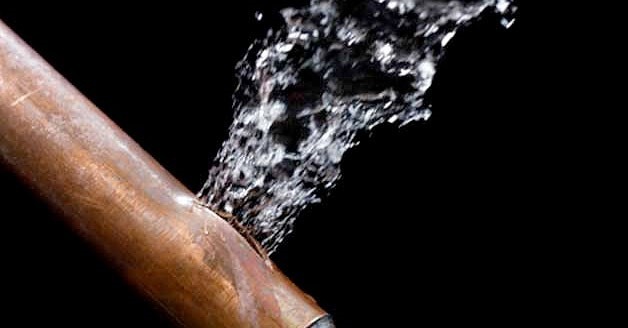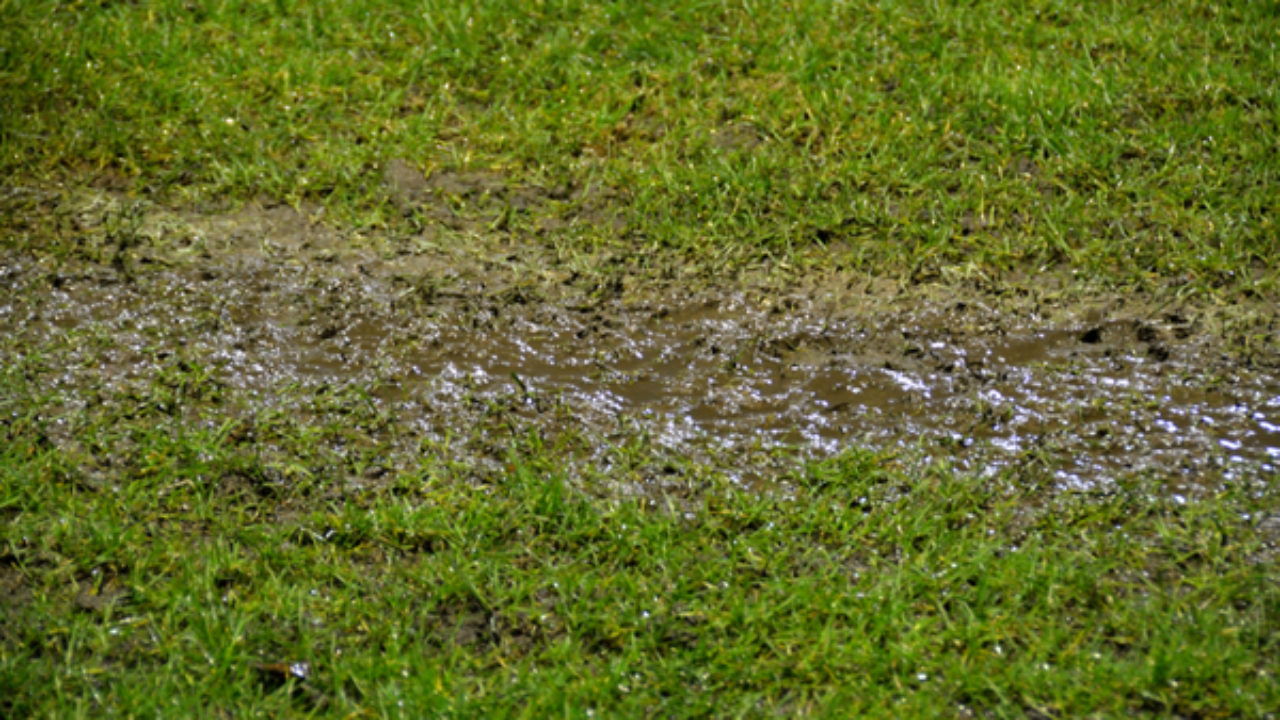Overview To Water Leak Detection In The House
Overview To Water Leak Detection In The House
Blog Article
They are making a few good points on the subject of Detecting hidden plumbing leaks in general in the article on the next paragraphs.

Early detection of dripping water lines can mitigate a potential calamity. Some little water leakages might not be visible.
1. Take A Look At the Water Meter
Every residence has a water meter. Inspecting it is a surefire way that helps you discover leaks. For starters, turn off all the water sources. Ensure no one will certainly flush, make use of the tap, shower, run the washing equipment or dishwashing machine. From there, go to the meter and watch if it will alter. Given that no person is utilizing it, there must be no activities. That shows a fast-moving leakage if it moves. If you discover no adjustments, wait an hour or two and examine back once more. This means you might have a slow-moving leakage that could also be below ground.
2. Examine Water Usage
Analyze your water bills as well as track your water intake. As the one paying it, you should discover if there are any type of discrepancies. If you spot sudden changes, in spite of your usage coinciding, it suggests that you have leakages in your plumbing system. Bear in mind, your water bill ought to fall under the exact same array monthly. A sudden spike in your bill indicates a fast-moving leakage.
A stable rise every month, even with the very same practices, shows you have a sluggish leakage that's also gradually rising. Call a plumber to completely check your property, particularly if you really feel a warm location on your flooring with piping beneath.
3. Do a Food Coloring Examination
When it comes to water usage, 30% comes from commodes. If the color somehow infiltrates your dish throughout that time without flushing, there's a leakage between the storage tank and also bowl.
4. Asses Exterior Lines
Don't fail to remember to inspect your exterior water lines too. Should water leak out of the link, you have a loose rubber gasket. One little leakage can squander lots of water and surge your water expense.
5. Evaluate as well as Assess the Scenario
House owners must make it a routine to inspect under the sink counters and also inside closets for any type of bad odor or mold development. These 2 warnings show a leak so timely interest is called for. Doing routine inspections, also bi-annually, can conserve you from a major problem.
More significantly, if you know your house is currently old, keep a watchful eye on your heating units, hose pipes, pipelines and so on. Look for stainings and also compromising as a lot of pipes and also appliances have a life span. They will certainly likewise normally wear away due to tear and also use. If you presume leaking water lines in your plumbing system, don't wait for it to escalate. Call an expert plumber right now so you don't end up with a horrible mess in your home.
Early discovery of leaking water lines can minimize a prospective calamity. Some little water leaks may not be noticeable. Examining it is a proven way that aids you discover leakages. One small leak can waste loads of water and also surge your water costs.
If you suspect leaking water lines in your plumbing system, do not wait for it to intensify.
WARNING SIGNS OF WATER LEAKAGE BEHIND THE WALL
PERSISTENT MUSTY ODORS
As water slowly drips from a leaky pipe inside the wall, flooring and sheetrock stay damp and develop an odor similar to wet cardboard. It generates a musty smell that can help you find hidden leaks.
MOLD IN UNUSUAL AREAS
Mold usually grows in wet areas like kitchens, baths and laundry rooms. If you spot the stuff on walls or baseboards in other rooms of the house, it’s a good indicator of undetected water leaks.
STAINS THAT GROW
When mold thrives around a leaky pipe, it sometimes takes hold on the inside surface of the affected wall. A growing stain on otherwise clean sheetrock is often your sign of a hidden plumbing problem.
PEELING OR BUBBLING WALLPAPER / PAINT
This clue is easy to miss in rooms that don’t get much use. When you see wallpaper separating along seams or paint bubbling or flaking off the wall, blame sheetrock that stays wet because of an undetected leak.
BUCKLED CEILINGS AND STAINED FLOORS
If ceilings or floors in bathrooms, kitchens or laundry areas develop structural problems, don’t rule out constant damp inside the walls. Wet sheetrock can affect adjacent framing, flooring and ceilings.
https://www.servicemasterbyzaba.com/blog/how-to-detect-water-leakage-in-walls/

I am just very serious about Finding hidden leaks and I am hoping you enjoyed the entire entry. Are you aware of another person who is excited about the niche? Be sure share it. Thank you so much for going through it.
Report this page